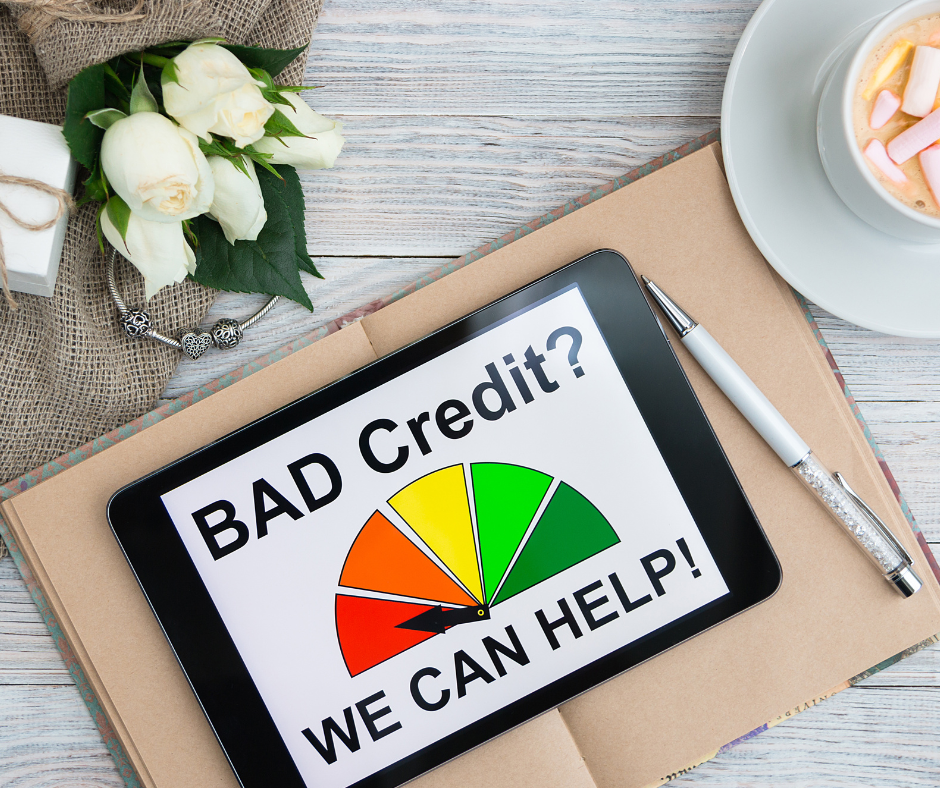How to spot predatory lending practices: 7 warning signs you can’t ignore
Learn how to spot predatory lending practices and discover 7 warning signs to avoid unfair loans and protect your financial health.
When you’re in urgent need of money, understanding lending practices becomes crucial.

Unfortunately, not all lenders play fair. Some take advantage of people who are desperate for financial help, using deceptive or abusive tactics. These are known as predatory lending practices, and they can trap you in a cycle of debt that’s difficult to escape.
In this article, you’ll learn how to spot these red flags before signing any loan agreement. Knowledge is your best protection.
7 warning signs to spot predatory lending practices
1. Sky-high interest rates
One of the most obvious warning signs is an interest rate that seems too high to be true. While lenders do charge for risk, predatory ones inflate rates far beyond reasonable limits. If the APR (Annual Percentage Rate) feels shocking, it probably is.
2. Excessive fees hidden in the fine print
It’s normal for loans to have some fees, like processing or origination costs. But predatory lenders load contracts with excessive, hidden fees, sometimes even more than the loan itself. Always read the fine print carefully.
3. Pressure to sign immediately
Legitimate lending practices allow you time to review terms and ask questions. If a lender pushes you to “sign now” or tells you that the offer will disappear in a few hours, it’s a major red flag. Pressure tactics often signal shady intentions.
4. No credit check? Be suspicious
While it might seem convenient, lenders who offer loans without checking your credit often make their money in other ways, like outrageous fees or rates. A lender skipping due diligence isn’t doing you a favor. They’re likely setting a trap.
5. Loan flipping
This happens when a lender convinces borrowers to refinance repeatedly, charging new fees and extending the repayment period each time. In the end, you pay far more than the original loan amount without improving your financial situation.
6. Bait-and-switch offers
A lender might advertise one set of terms (low rates, affordable payments), but once you’re ready to sign, those terms mysteriously change. If the deal changes suddenly, walk away.
7. Balloon payments
Some loans come with low monthly payments but require a massive final payment (a balloon payment). These are designed to make the loan look affordable upfront while creating a financial crisis down the road.
Stay smart, stay safe: protect yourself from bad lending practices
Facing financial stress is tough enough without falling into a loan trap. Recognizing these signs of unethical lending practices can save you from long-term financial harm.
Here’s how to protect yourself:
- Do your research: look up lender reviews, check for licenses, and consult official financial regulatory websites.
- Read everything: don’t skip the terms and conditions, even the small print.
- Ask questions: a trustworthy lender will be transparent and willing to explain any part of the contract.
- Trust your gut: if something feels off, it probably is.
Knowledge is your best defense
The world of borrowing can be overwhelming, especially when money is tight. But being aware of predatory lending practices arms you with the confidence to make better financial decisions.
The more informed you are, the less likely you’ll fall victim to unfair loans. Always take the time to review, compare, and choose lenders that prioritize transparency and fairness.






